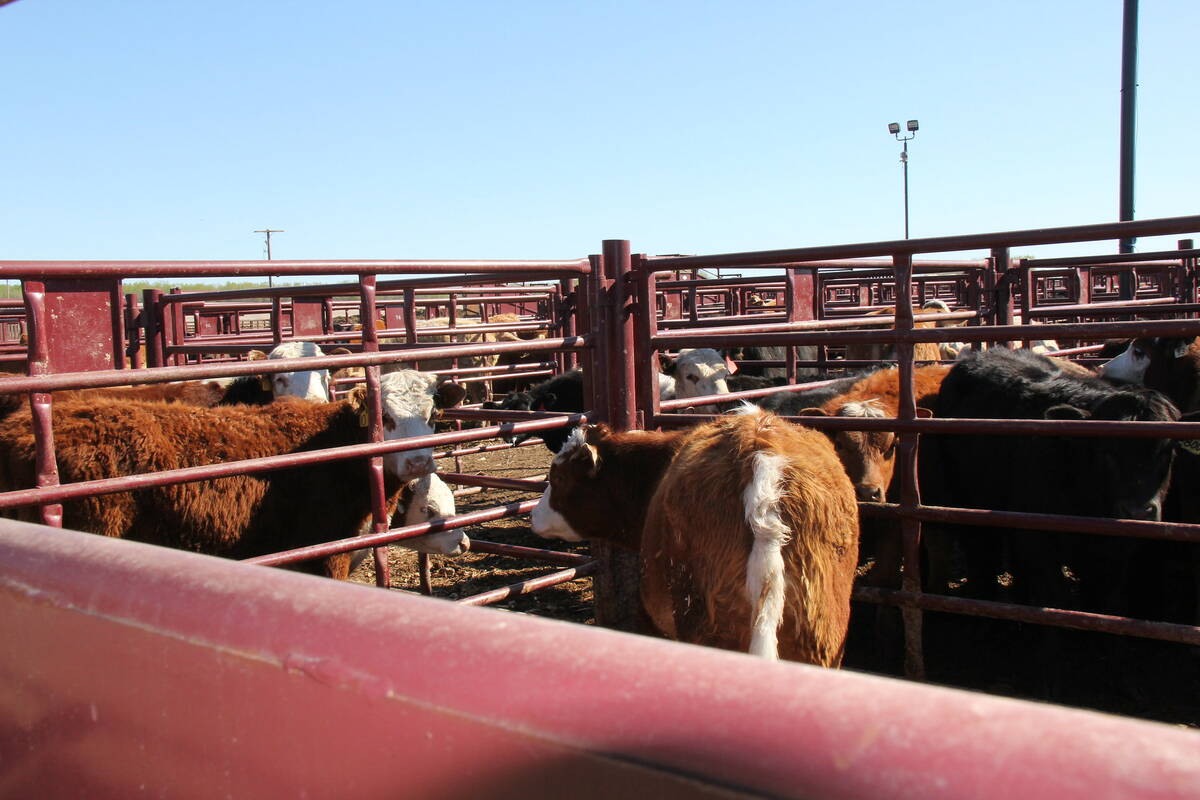SEOUL, South Korea (Reuters) – South Korea’s hog industry could take one or two years to recover from a foot-and-mouth epidemic that has forced it to boost its meat purchases.
A long-term hike in the country’s pork imports, mainly from the United States, could support U.S. hog futures that have already reached record highs partly because of potential Korean demand.
Pork shipments into South Korea may rise 20 to 30 percent from last year’s 290,000 tonnes after nearly one-third of the pig herd was culled and the country lowered tariffs on meat imports in an effort to contain food inflation.
Read Also

Livestock movement scanner looks for proving ground
The Canadian Cattle Identification Agency (CCIA) will test new technology intended to simplify the recording of animal movements, linked to proposed federal livestock traceability regulations.
“When one removes that many animals from their domestic herd, it would suggest that it’s going to take, in the case of swine, a couple of years to come back,” said Martin Rice, executive director of the Canadian Pork Council.
The foot-and-mouth outbreak started Nov. 28 and snowballed to 140 cases in eight provinces within two months, triggering a cull of 2.8 million pigs and nearly 150,000 cattle.
“As the number of sows fell to 700,000 to 750,000 from last September’s 980,000, it will be hard for the hog population to rise by the end of 2011,” the Korea Rural Economic Institute said in a report.
South Korea recently dropped its 25 percent tariff on up to 60,000 tonnes of pork to be imported until June to ease supply and try to contain prices that are at their highest since at least 2005.
A finance ministry official said Korea may expand the volume of tariff-free imports if prices continue to increase. Consumer inflation in January jumped to a higher-than-expected 4.1 percent, above the central banks inflation target.
“We think we’ll be trading good news from South Korea for the next two to three months,” said Rich Nelson, an analyst at Allendale Inc.
“One thing we had been concerned about was that it would not be extended (the slashing of the tariff ), and that the 60,000 metric tons might be it.”
Korean hog farmers strongly opposed the government’s tariff reduction, saying it threatened to destroy the domestic industry.
The government keeps assuring consumers that meat from foot-and-mouth infected animals is not harmful to humans.
However, consumers are increasingly opting for imports, which cost less and look cleaner.
While U.S. January pork export results are not yet available, cash sources and traders said South Korea has likely bought 60,000 tonnes or more of U.S. pork since the start of the year.
The U.S. is the largest exporter of pork and poultry to South Korea, while Canada is the second largest.
Tim McRae, an economist at Meat &Livestock Australia, said U.S. sales to South Korea had already been picking up because of the weak dollar and the shipment of select cuts into that market.
The Korean won has gained 10 percent against the U.S. dollar in the past six months.
The massive slaughter of animals against foot-and-mouth and avian flu in South Korea is also expected to slow grain imports to the country.
Feed makers, who are usually active buyers, had issued only one soybean meal tender for feed since mid- December as they shied away from surging international grain prices.
However, it has been a boon for companies that market imported meat and fish and produce disinfecting materials.
Shares of Dongwon Fisheries jumped by 65 percent over four sessions in mid-January to a record high, before pulling back, while Choong Ang Vac, an animal vaccination maker, hit a year high in December.
The foot-and-mouth outbreak in South Korea could also make it harder to settle trade disputes.
“It makes it more difficult to negotiate because the people we would talk to are very preoccupied,” said John Masswohl, director of government and international relations for the Canadian Cattlemen’s Association.
“It’s the same animal health officials, same food safety officials, who are working around the clock to try and contain the situation over there. It becomes a distraction.”
Canadian beef has been banned in South Korea since BSE was discovered in Canada in 2003. Canada has complained to the World Trade Organization and a decision is expected early this year. The two countries have been talking to each other ahead of the decision.














